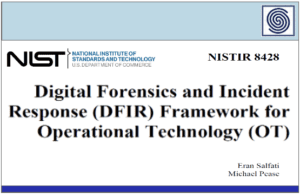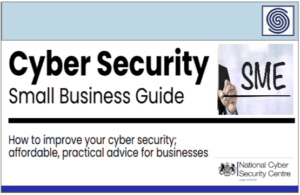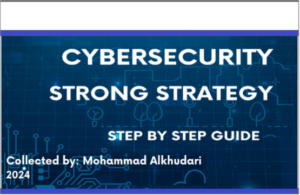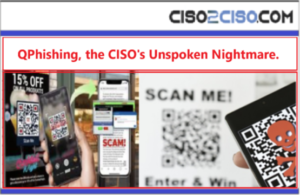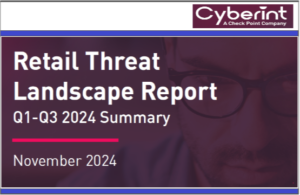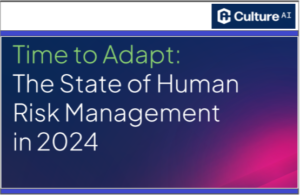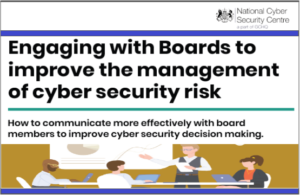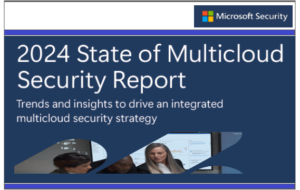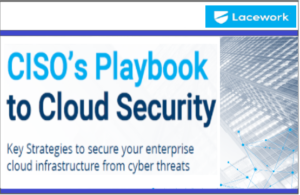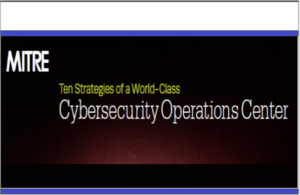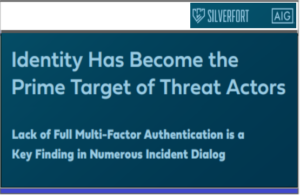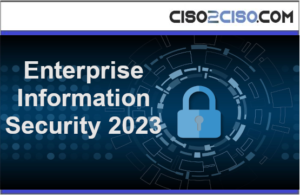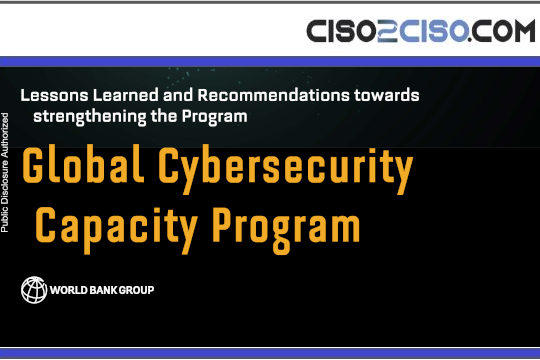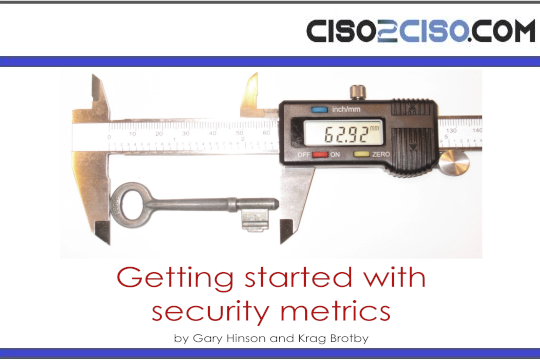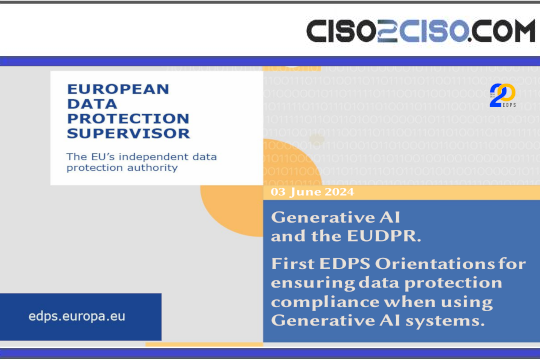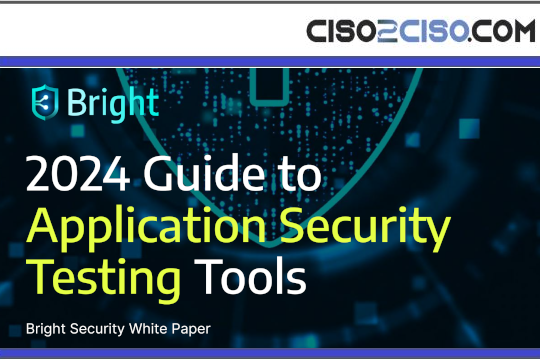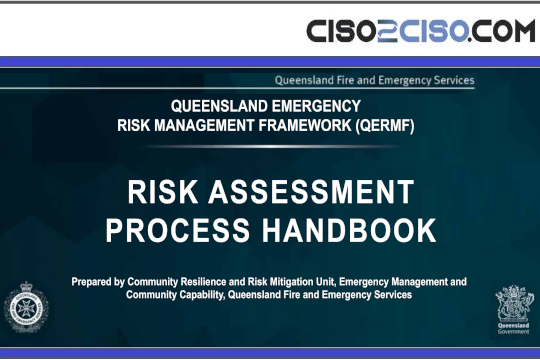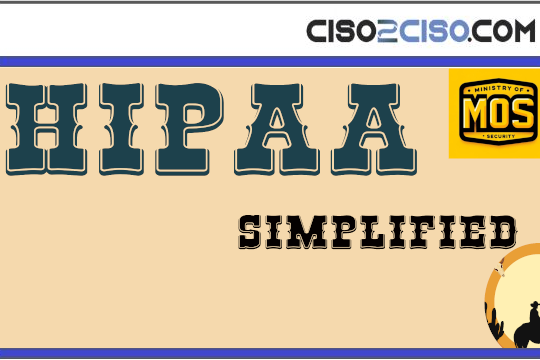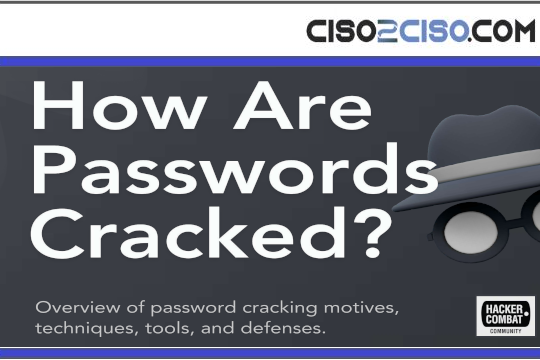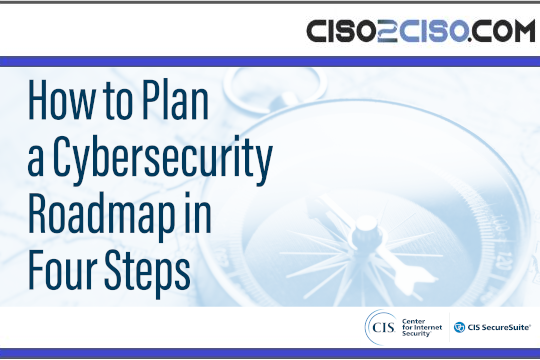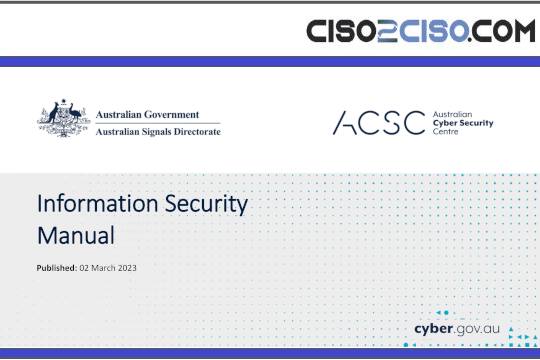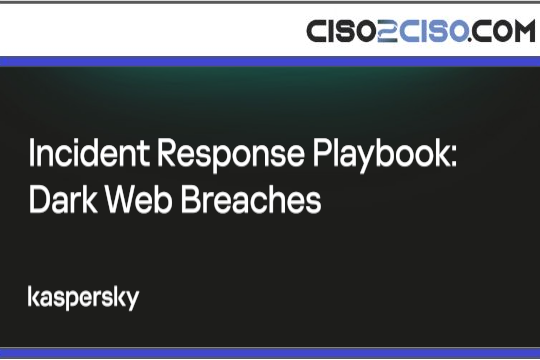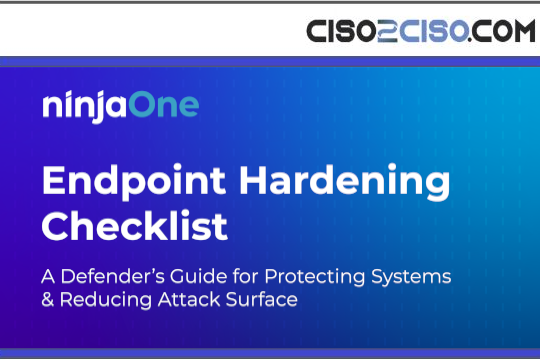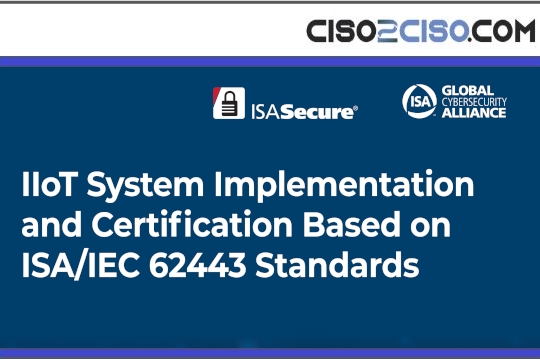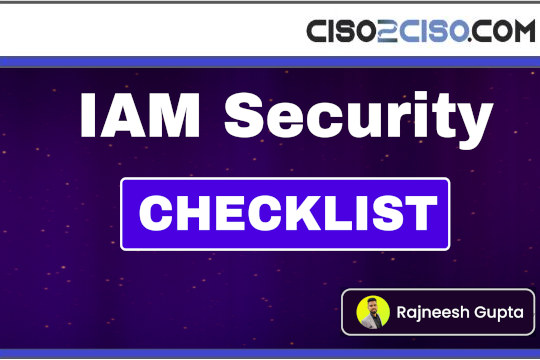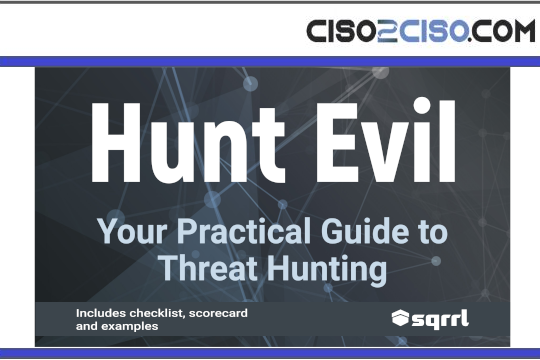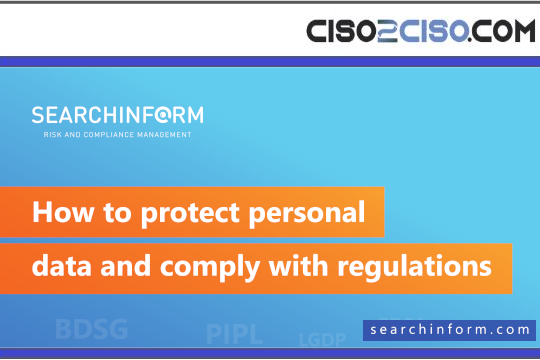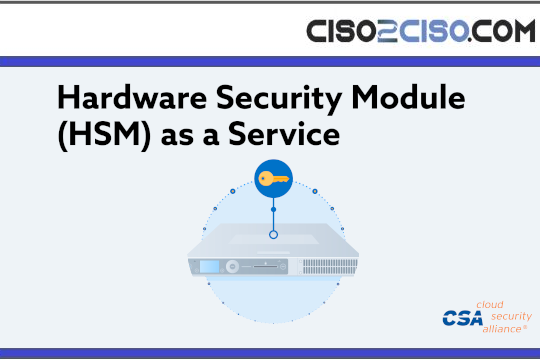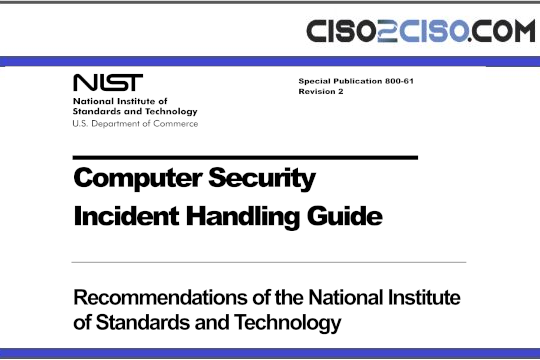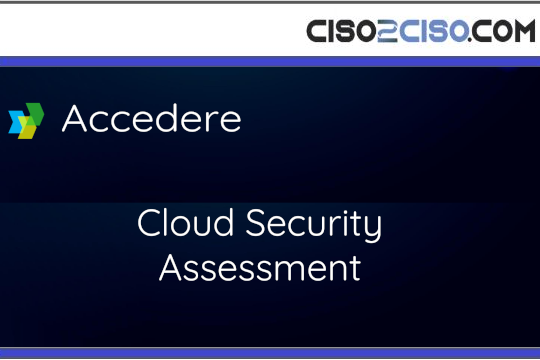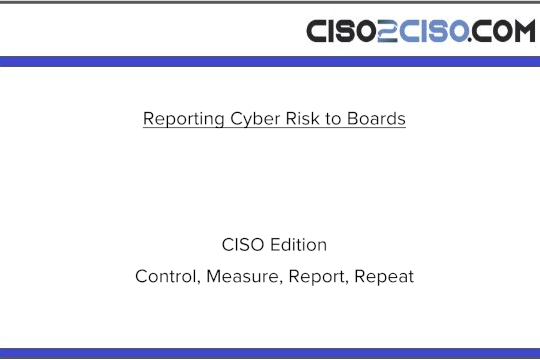Source: www.mcafee.com – Author: Jasdev Dhaliwal.
If you find that your email has been hacked, your immediate reaction is probably wondering what you should do next. Take a deep breath before jumping into action. In this guide, we will take a look at the signs of a hacked email account, the steps to take to reclaim your email, and some proactive guidelines you can follow to keep it from getting hacked in the first place.
Hackers’ motivation for targeting your email
Hackers target your email accounts because they are treasure troves of information, containing years of correspondence with friends and family. Not to mention more emails from banks, online retailers, doctors, contractors, business contacts, and more. In all, your email packs a high volume of personal info in one place, making it a top prize for hackers.
Once a cybercriminal is in, they can cause personal chaos or obtain financial gain. Using the information they extract from your emails, they can scan your messages for sensitive information like bank account details, and commit identity theft. They can also take over your online accounts by using the forgot password feature, locking you out of your own social media, shopping, and financial profiles. Another common tactic is to send phishing emails to everyone in your contact list, exploiting your reputation to spread malware or scams.
If you think, “my email has been hacked, how do I fix it?” understand that because many people reuse passwords, a single compromised email can give criminals the key to unlock numerous other services. This is precisely why a comprehensive service for identity theft monitoring is so crucial; it acts as a vigilant watchdog, alerting you to suspicious activity across your accounts so you can act fast.
Signs your email account is hacked
You can’t log into your email account
You go to check your email and find that your username and password combination has been rejected. You try again, knowing you’re using the right password, and still no luck. There’s a chance that a hacker has gotten hold of your log-in credentials, logged in, then changed the password, locking you out and gaining control of your account.
One of your contacts asks, “Did you really send this email?”
Hackers compromise email accounts to spread malware on a large scale by blasting emails to everyone on your hacked contact list. If any one of your contacts opens that email attachment, that in turn shoots malware-riddled emails to dozens or hundreds of others. Some of those emails won’t sound or read like you at all, that your contacts might ask if this email really came from you. This is a good reason to never open attachments you weren’t expecting. If you get a strange email from a friend or business contact, let them know through another channel. You could be helping them flag their compromised email account.
Email hacking methods
- Phishing scams: Deceptive emails, texts, or messages trick you into revealing your login credentials on a legitimate-looking but fake website. These are designed to steal your password directly.
- Data breaches: Your email and password are often stolen from a less secure company you have an account with. Cybercriminals then test those stolen credentials on high-value targets like email services.
- Weak or reused passwords: Using simple, easy-to-guess passwords like “password123” or using the same password for multiple online accounts makes it easy for hackers to gain access once one account is breached.
- Credential stuffing: This is an automated attack where bots take massive lists of stolen usernames and passwords from data breaches and “stuff” them into login forms across the web, looking for accounts that reuse passwords.
- Malware infections: Malicious software, such as keyloggers or spyware, can infect your computer and secretly record your keystrokes, capturing your email password and other sensitive information as you type it.
Recover your email & strengthen your defenses
Your email is often the key to your digital life, so regaining control quickly is crucial. Below are the basic steps you can take to recover your email account safely and reinforce your defenses to prevent future takeovers.
Use your email provider’s recovery service
Many email providers have web pages dedicated to recovering your account in the event of a lost or stolen password. For example, Google provides this email recovery page for Gmail users and their other services. This is a good reason to keep your security questions and alternate contact info current with your provider, as this is the primary way to regain control of your account.
Change your password
Make it a strong, unique password and don’t reuse a password from another account. Next, update the passwords for other accounts if you use the same or similar passwords for them. Hackers count on people using simpler, less unique passwords across their accounts, or reusing passwords in general. A password manager that’s included with comprehensive online protection software can do that work for you.
Enable two-factor authentication
Several email services support two-factor authentication, which requires a PIN to log in aside from a username and password. If your service offers it, use it. This provides one of the strongest defenses against a hacked email account, and online accounts in general.
Check your other accounts
If someone has access to your email and all the messages in it, they might have what they need to conduct further attacks. Check your other accounts across banking, finances, social media, and other services you use and keep an eye out for any unusual activity. If these accounts offer two-factor authentication, use it on them as well.
Reach out to your email contacts
As quickly as you can, send a message to all your email contacts and let them know that your email was compromised. As well, let them know that you’ve reset your password so that your account is secure again. Instruct them not to open any emails or attachments from you during the time your account was compromised. This protects them from potential phishing scams and preserves your reputation.
Alert your email provider and authorities to the incident
Once you have re-secured your email account, you will need to report the incident to your email provider. This enables them to minimize the damage to you, investigate the attack, and protect others from suffering the same fate. Here are the steps you need to take:
- Contact your email provider: Go directly to your provider’s official support or account recovery page. Do not use links from suspicious emails. Report the unauthorized access to help them investigate.
- Reset security credentials: After regaining access, immediately review and reset your security questions and update your recovery phone number and alternate email address. This prevents the hacker from using them to get back in.
- File an official report: In the U.S., file a report with the Federal Trade Commission (FTC) at IdentityTheft.gov. This creates an official record of the incident and provides a personalized recovery plan.
- Activate restoration services: If you suspect your personal information has been stolen, professional help is invaluable. McAfee’s Restoration Experts can guide you through the complex process of securing your identity, disputing fraudulent activity, and restoring your name.
Long-term email protection strategies
Protecting it requires more than quick fixes; it calls for consistent, long-term security practices. Here’s a quick guide that outlines key strategies to keep your email secure for the long haul.
- Set up smart email filters: Create rules within your email settings to automatically move suspicious-looking emails to your spam or trash folder. This reduces the chance you’ll accidentally click on a malicious link in a phishing attempt.
- Leverage comprehensive protection: Use an all-in-one security solution like McAfee+, which combines identity monitoring, privacy protection, and powerful antivirus software to safeguard your data and devices from multiple angles.
- Conduct regular account audits: At least once every few months, take a few minutes to review your account’s security settings, check connected third-party apps, and remove access for any services you no longer use or recognize. Also check for unauthorized changes to your signature or email filters.
- Run a full scan. Make sure you use a reputable and comprehensive antivirus program that protects computers, smartphones and tablets from malware.
- Monitor your credit reports: Regularly checking your credit report is a key way to spot a problem such as unauthorized accounts or financial inquiries immediately, before it becomes a bigger problem. In the U.S., you can check yours weekly at AnnualCreditReport.com.
Final thoughts
Your email account is one of the several pieces that make up the big picture of your online identity. Other important pieces include your online banking accounts, online shopping accounts, and so on. Without a doubt, these are matters you need to keep tabs on. Check your credit report for any signs of strange activity, or even if you don’t suspect a problem. Your credit report is a powerful tool for spotting identity theft. In many cases, it’s free to do so.
With McAfee+, you can check yours any time you like as part of our identity and credit monitoring service. McAfee+ is engineered with powerful capabilities such as real-time protection against viruses, hackers, and risky links. It also automatically alerts you from scams attempts in texts, emails, and videos, to keep you a step ahead of financial fraud and misinformation across all your devices. In case of identity theft, McAfee+ also offers identity theft coverage and restoration services of up to $2 million to help you cover legal and other fees in case you need assistance in the wake of an attack or breach.
Taking a step like this can help keep your email account safer from attacks, along with your other accounts.

Introducing McAfee+
Identity theft protection and privacy for your digital life
Original Post url: https://www.mcafee.com/blogs/internet-security/my-email-has-been-hacked-what-should-i-do-next/
Category & Tags: Internet Security,How To Guides and Tutorials – Internet Security,How To Guides and Tutorials
Views: 0




